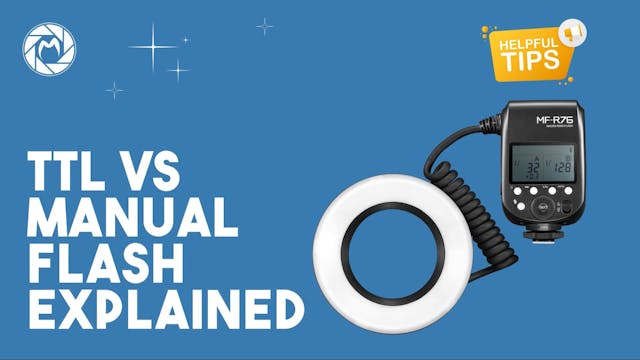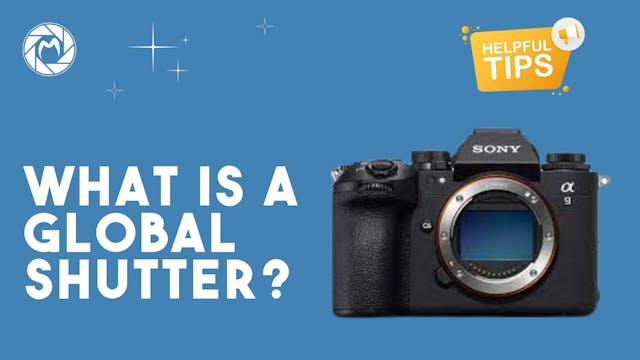There are treatment modalities within dentistry for which portraits are essential records.
The face of a patient with all its expressive possibilities provides valuable information for the planning, execution and final evaluation of dental treatment. Portrait photography is designed to capture this information under standardized conditions. A camera mounted on a tripod and a permanently mounted flash light source are best suited for this purpose. Reflectors allow good illumination of the patient. In addition to correct illumination, it is important to ensure a consistent head position to guarantee reproducibility and adequate evaluation of the information.
Up Next in Tips & Tricks
-
Zooming with Prime Lens: A Revelation
In this video, we delve into the intriguing world of zooming with a prime lens, showcasing a unique approach that every photography enthusiast should know. Whether you're a beginner or a seasoned pro, this tutorial is packed with valuable insights to enhance your photography skills. Join us as we...
-
TTL or Manual Flash
Understanding Manual vs TTL in Dental Photography: A Comprehensive Guide
- Comparison of manual and TTL flash modes in dental photography.
- Demonstrations using the Godox MFR 76 in both manual and TTL modes.
- Brand-specific TTL features for Nikon, Canon, and Sony.
- Introduction to advanced de... -
What is Global Shutter (And How Does ...
Matt from B&H explains how global shutter works and how it differs from rolling shutter.


